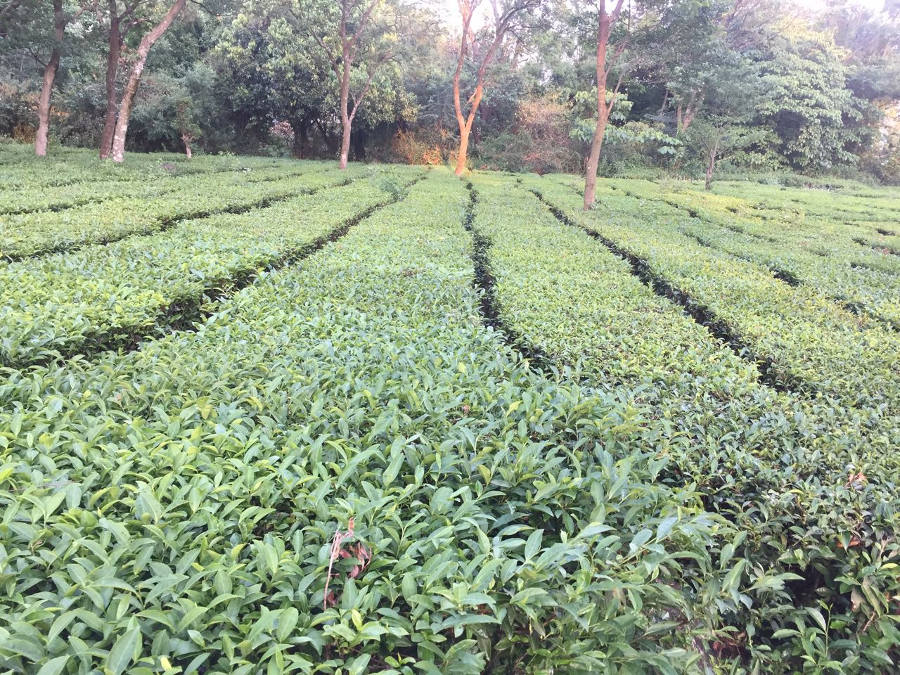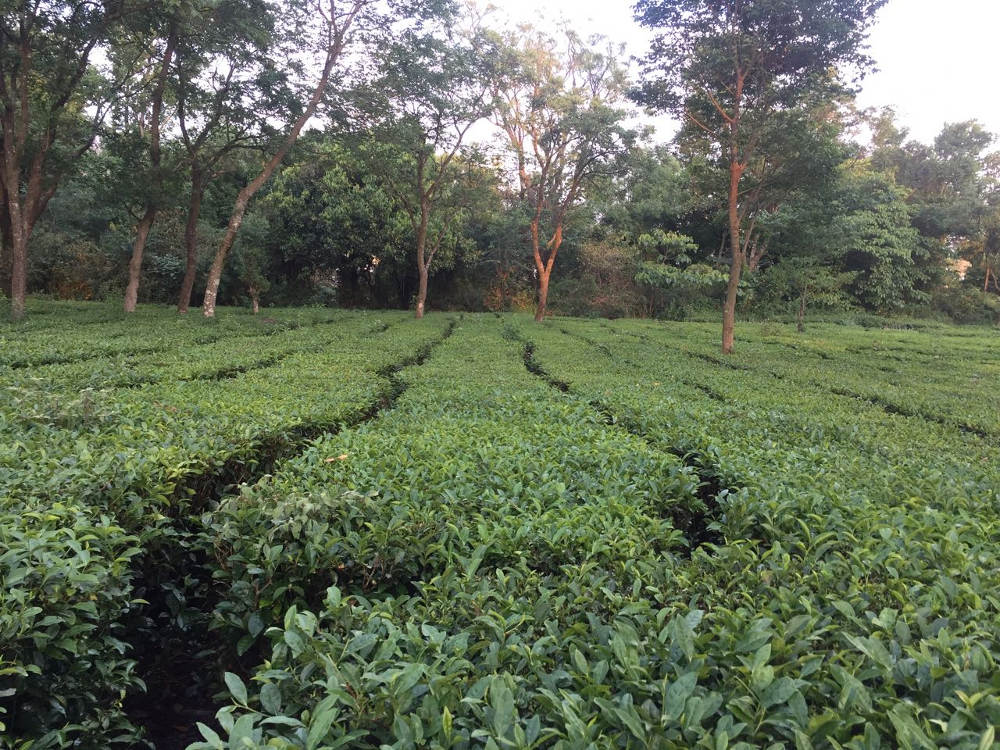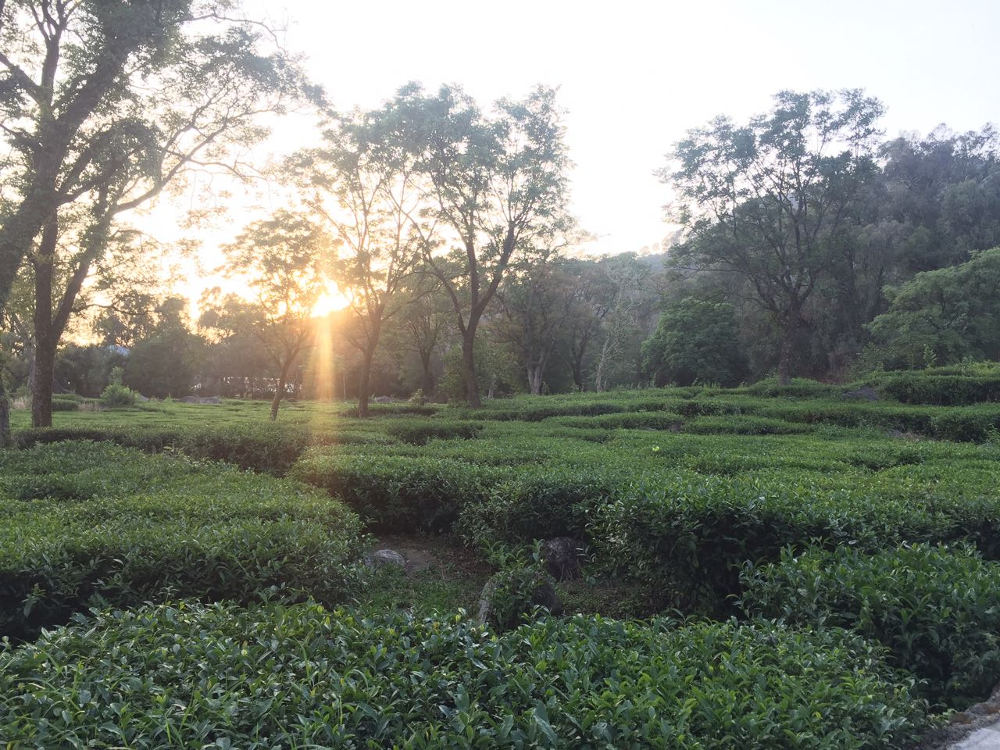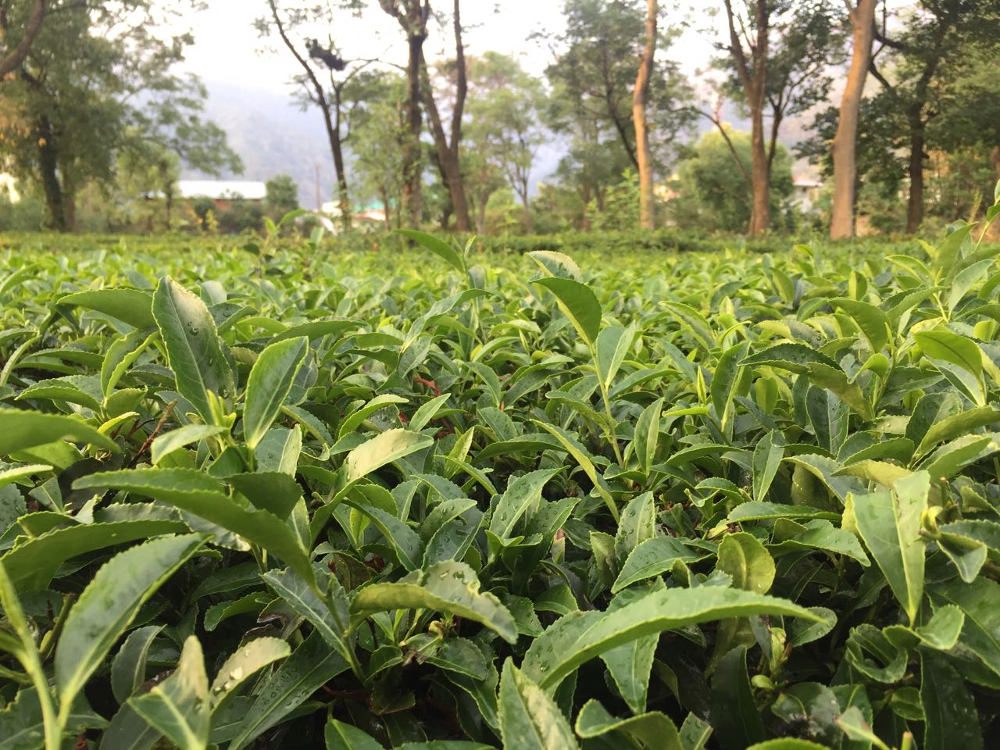KANGRA, India (ViaNews) – The moment the word tea flashes before a tea lover, automatically two tea names begin to haunt him- Darjeeling tea and Assam tea. Tea produced in the Kangra valley of Himachal Pradesh is not so well known but in the recent time, Kangra tea is vying with other teas produced in different parts of India. By all means, it is the Kangra valley tea that possesses the grand quality, a tea lover aspires for while relaxing in the cozy home corners either in India or abroad.
Kangra tea was lost in oblivion for some decades though it has an old rich legacy. The Kangra District Gazette highlighted in the year 1883 that tea produced in the Kangra Valley of Himachal Pradesh probably surpassed the quality of any tea produced in any part of India.

From different sources, it is known that in the year 1890 tree plantation reached the apex at Kangra valley. Tea cultivation started in Kangra Valley under the supervision of William Jameson who was the then superintendent of the Botanic Gardens located near Saharanpur and the NFC (Northwest Frontier Province). It was he who initiated in planting hybrid Chinese tea plants Camelia Sinesis in different places covering about 10 thousand acres of lands. Two years later, Kangra Valley Tea Company Limited exported about 25,000 kilograms of tea in the prestigious London tea market. Such was the grand quality of Kangra tea that it won two prestigious medals, one gold another silver from London and the city of Amsterdam.
The adjacent areas of the Kangra town were not at all conducive for tea plantation as the weather was very warm there. But tea plantation thrived well at Nagrota and Bhawana. In the year 1852, having been encouraged with this success, officials associated with tea plantation started commercial plantation at Palampur nestled at an incredible altitude of 1,260 meters.

Seven years rolled on with rosy wings. Tea traders from Europe and Indian corners flocked at Palampur to start tea business. About 19 tea estates covering 2,635 acres were brought under purview. At the far end of the 19th century, tea plantation underwent a revolution. 10,000 acres of lands were cultivated at Palampur. Tea industry at Palampur and adjoining tea estates flourished in gradual pace during the British period. Green tea won fame and was exported to the Middle East and Europe.
Tea plantation at Kangra Valley in Himachal Pradesh faced a major setback when a severe earthquake rocked vast areas of the valley destroying hundreds of tea factories. The tea-based economy was badly affected. British planters bade adieu to tea business and left the country for good selling all their gardens to local businessmen.

As a result of the severe quake, tea industry in Kangra Valley was forced to plummet. By this time, tea from gardens of Darjeeling, Assam, and Nilgiri superseded Kangra tea. But Mother Nature failed to remain too rude to the people of the Kangra Valley who earned their livelihood from tea plantation. In the mid-1920s, Mother Nature’s Grace has showered on the Valleys once again. Dalai Lama settled in Dharamshala in the year 1960 and the floodgate of development was opened in the Kangra Valley. Tibetan influence brought with it the message of rebirth of Kangra Valley economy.
Himachal Pradesh Government took initiative in the late 1960s to rejuvenate the tea economy of Kangra Valley. they established cooperatives, factories, sanctioned loans to garden owners, made grand arrangements for tea research, made necessary steps for tea plant replacements and introduced laws to prevent aggression of the land invaders.
Today Kangra tea has regained its old position. It has special flavor as the tea leaves are plucked from China bushes and are processed in an old-fashioned manner especially by hand. For Last 15 years, Kangra tea industry has gained remarkable development in tea trading. Kangra tea won the Geographic Indication Certificate. This prestige helped Kangra Valley tea to earn global recognition. The government of India has sponsored various research centers here. Himachal Pradesh Government is not lagging behind. They have focused on the tea plantation and stressed on upkeep programs at Palampur and other tea processing centers.
In the year 2010 tea price of Kangra tea got a major boost. The average price soared to Rs. 109/kg (1.62USD/Kg) in comparison with all India price of Rs 104/kg (1.55USD/Kg). The North Indian tea was at the top. It was sold at a stable rate of Rs. 119 (1.77USD/Kg). The trend proved that Kangra Valley tea was regaining its position and winning recognition too.

The specialty of Kangra leaves is to save catechins up to about 13%. This is possible because of the absolutely age-old whole leaf processing. Kangra Valley tea is renowned right now for its anti-oxidant properties and other health potentials too. It contains several amino acids, vitamins, Beta-carotene, tryptophan, and glutamine.
The tea estates of Kangra Valley of Himachal Pradesh are mostly centered around Palampur and the adjacent areas. As a result of it, Tea tourism is getting boosted day by day. Factory tours and homestays at Palampur and Dharamshala are gaining popularity. Tea experts and researchers are thronging at these places around the year to have an idea of the ancient tea processing followed in the tea estates here. There are guided tours offered by different tea companies. As a result of these amenities, one tea enthusiast has easy access to tea gardens and factories of the Kangra Valley in Himachal Pradesh.





